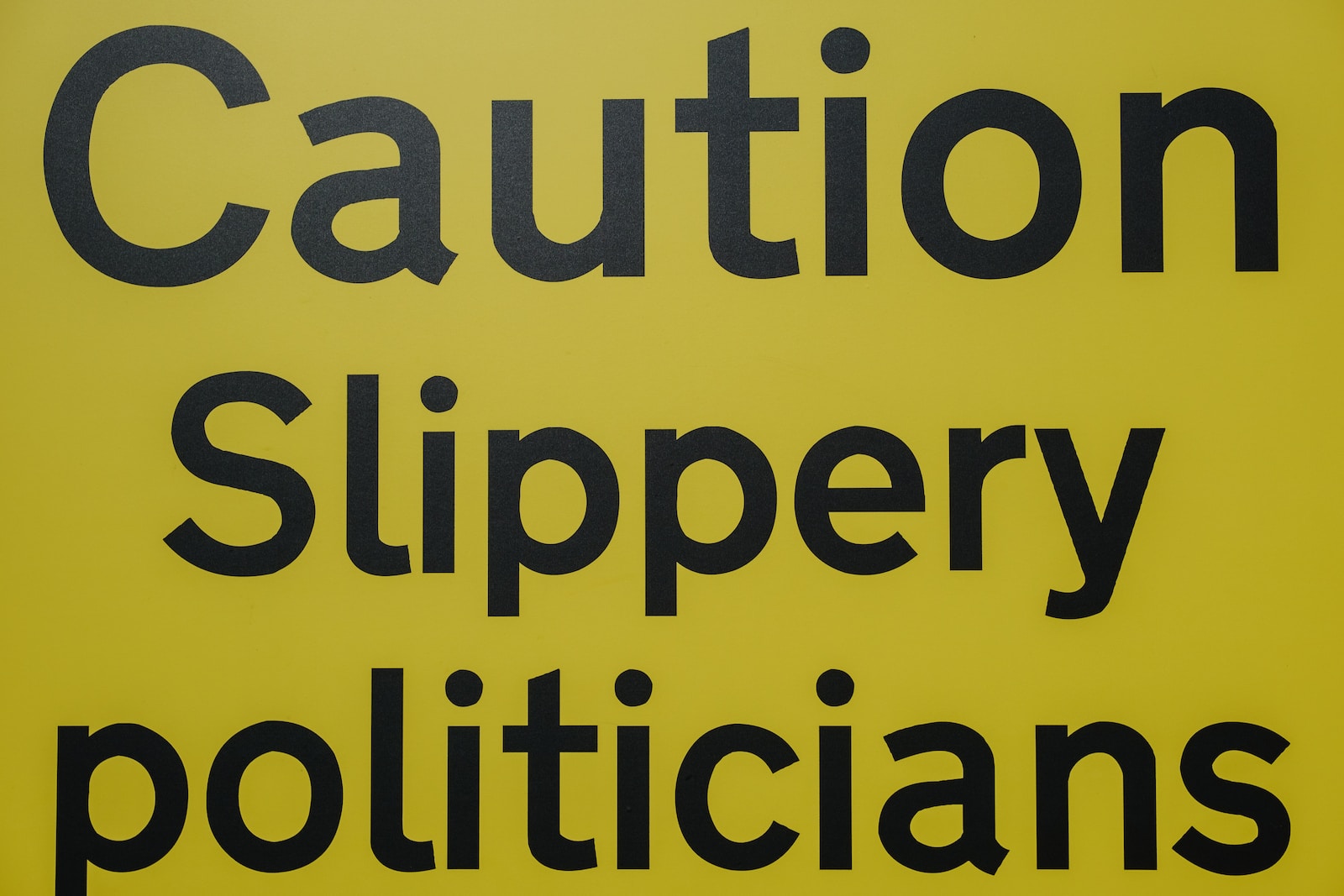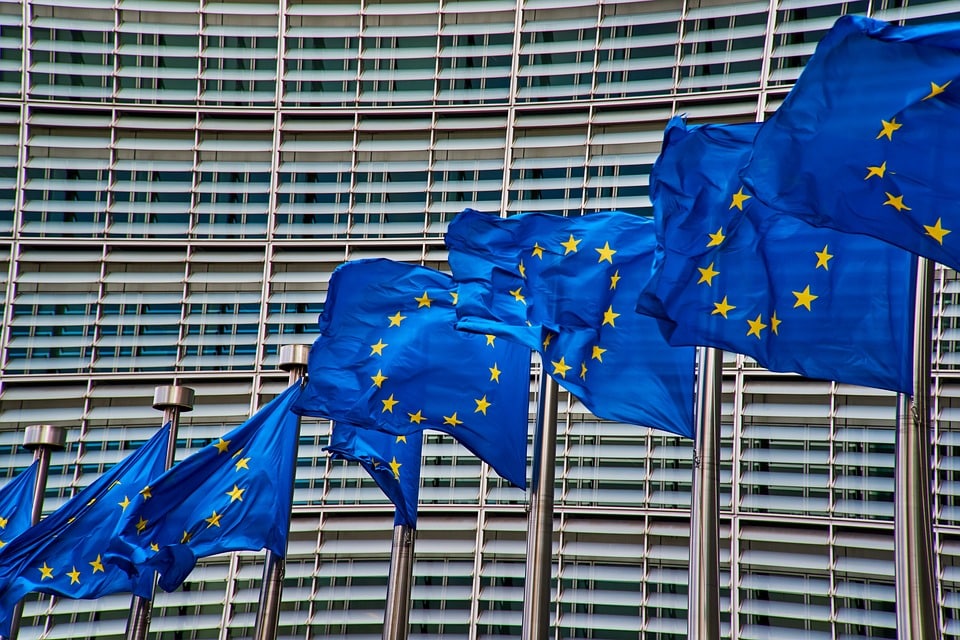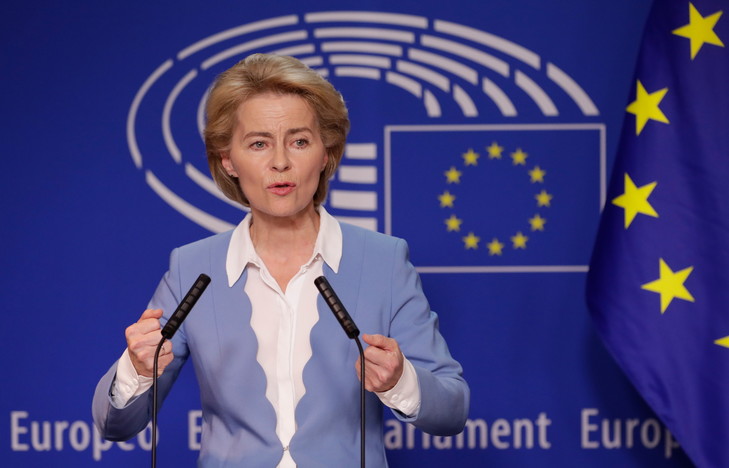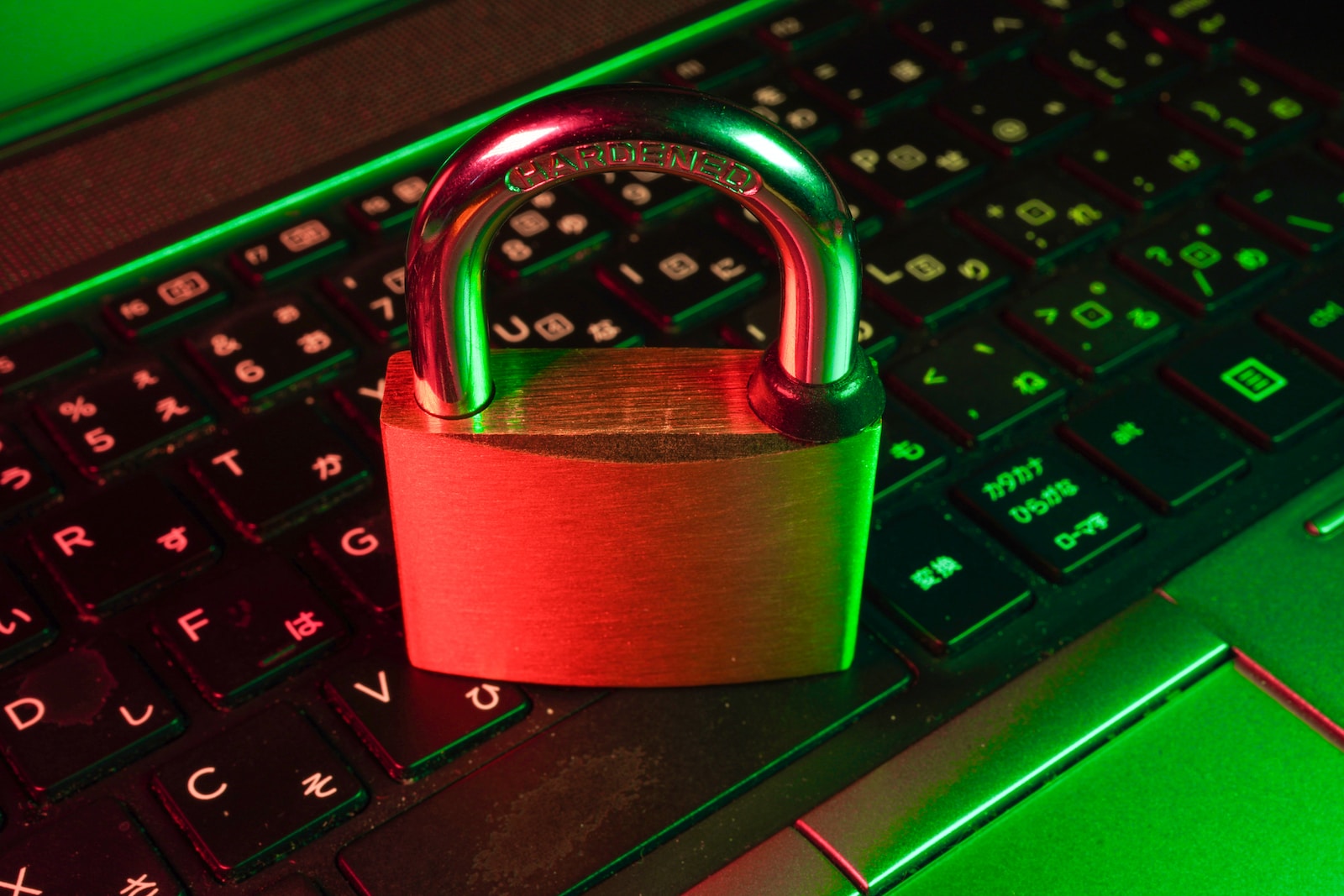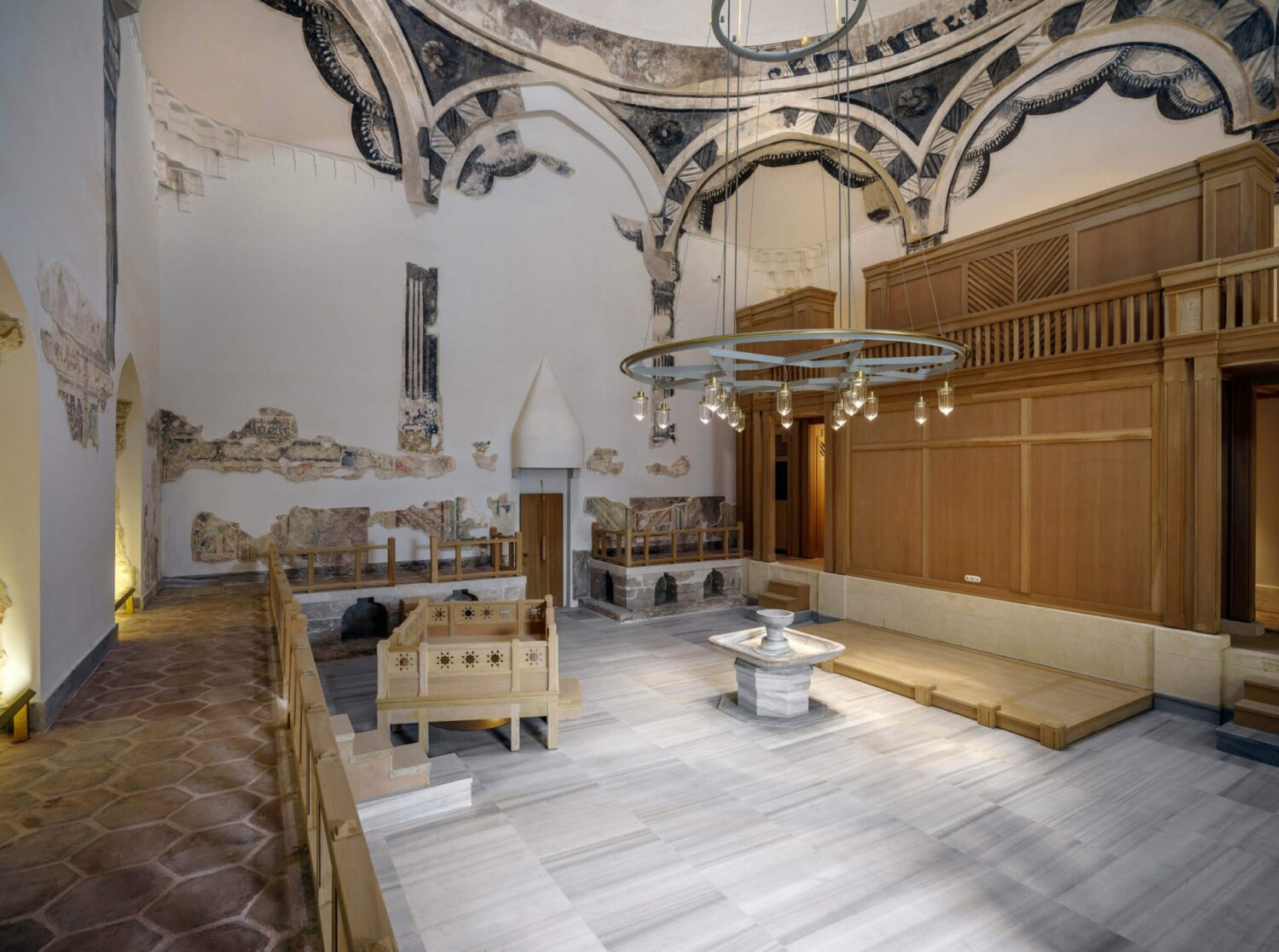Vincent Van Quickenborne, Belgian Justice Minister, has resigned from his position. His decision to step down came after a tragic terrorist attack in Brussels.
The incident involved a Tunisian individual who shot and killed two football fans in the Belgian capital. This event was particularly significant as it was linked to a ‘monumental error’ involving the extradition request from Tunisia for an Islamic extremist.
Van Quickenborne stated that he wanted to take political responsibility for this unacceptable mistake. His resignation underscores the gravity of the situation and the serious implications of the error that occurred under his watch as the Minister of Justice.
This is not the first time that Belgian authorities have been criticized for their failure to prevent attacks while wasting funds and security resources in surveilling peaceful religious organizations. In fact, there have been several instances in the past where the authorities have been found wanting in their handling of potential threats. As Pullitzer-prize Dan Luzadder wrote, “Ironically, while Belgian authorities were obsessed with Scientology, they missed the emergence of a terrorist cell in Brussels. That cell was key to the November 13, 2015, terrorist attacks in Paris that claimed 130 lives.“
In 2015 and 2016, hundreds of lives were lost in terror attacks in Paris and Brussels. It was later revealed that Belgian officials had prior knowledge about the Brussels terror attack gunman but were unable to stop him. This raised serious questions about the efficiency and effectiveness of the Belgian security apparatus.
Furthermore, a deadly attack in Belgium ignited a fierce debate on the failures of the country’s deportation policy. Critics argued that the Belgian authorities’ inability to properly implement and enforce this policy was a contributing factor to the attack.
These incidents, along with the recent tragedy involving the Tunisian extremist, highlight significant flaws in the Belgian authorities’ approach to dealing with potential threats. The resignation of Vincent Van Quickenborne, the Belgian Minister of Justice, is a clear admission of these systemic failures and a call for urgent reform.
Examples of wrong stigmatization, while failing to stop real security threats
There is a pattern of stigmatization and mismanagement and it is not a new phenomenon in Belgium and some other countries, which focus on minority religious groups while losing focus on real threats to the security of citizens. A good example is the following: In 1997, the Belgian Parliament released a controversial list that stigmatized 189 religious groups as so-called “dangerous sects”, a move that formed the basis for a criminal investigation against the Church of Scientology.
The prosecution included the Parliament’s blacklist in the criminal proceedings record.
The Court stated that by presenting a list of 189 movements it considered harmful, the Parliamentary Commission made a value judgment which it was not entitled to do, violating the presumption of innocence (As Human Rights Watch reported). The Court further found that the Parliamentary Commission “got carried away” and “exceeded its powers”, something “which should be deplored coming from such an Institution”.
The ruling that gave final victory to the Scientologists after years of state and defamation, found that religious blacklists published by a Parliament exceed legislative powers and violate fundamental human rights, including the right to the presumption of innocence, has significant precedential value throughout Europe.
Yet, while peaceful religious groups continue to face stigmatization by some local Belgian authorities and even media outlets, dangerous individuals were not adequately tracked or prosecuted, leading to a series of fatal attacks in the country. This juxtaposition underscores a troubling trend in Belgium’s approach to national security and justice, where peaceful movements are stigmatized while dangerous individuals slip through the cracks.
To say the same in other words, while this later incident is far and disconnected from the above example as a case, the resignation of Vincent Van Quickenborne, the Belgian Minister of Justice, in the wake of a fatal attack linked to a ‘monumental error’, can be seen as a stark symbol of these systemic failures and the urgent need for reform.



